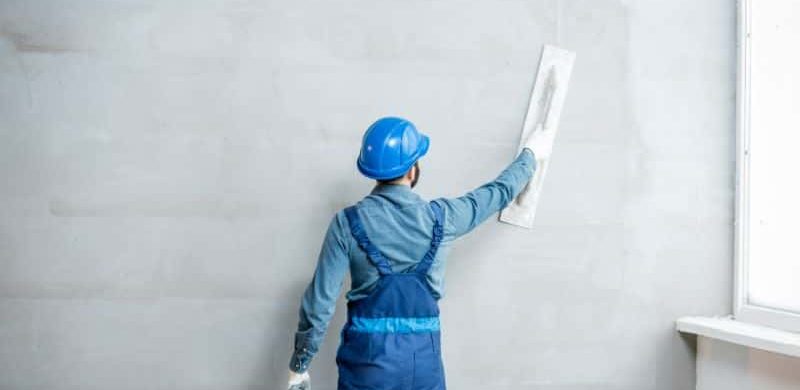COMPARE PRICES AND SERVICES TO RENOVATE ROOMS, FLOORS, WINDOWS, ETC.

GET 3 QUOTES FOR YOUR RENOVATION AND WORKS

"*" indicates required fields


How much does Wall Plastering Cost in 2024?
Wall plastering is not as cut and dried as you would think. It must be done correctly and safely with the proper tools and materials to get a smooth finish.
Wall plastering is generally done when constructing a home or a building. Plastering walls can be done later but it is very important to follow procedures.

Plastered walls are more attractive and provide not only aesthetic value but also more insulation and fire protection.
If you are renovating the walls of your home or building an addition, speak to our partners for professional wall plastering. You can save time and money by working with a professional and get satisfactory results!
Compare competitive quotes from reputable contractors in your area using our short online form.
What Is Plastering for?

Plastering is necessary to protect a home’s drywall from dust, snow, rain, and other elements.
It also gives a smooth finish to the walls. It is a tedious process before the application of paint on ceilings and walls in the exterior and interior.
It is also done for repair, restoration, and protection because a smoother finish on walls makes them last longer.
Invest in professional wall plastering for walls that look great and last long. Even if you don’t plan to put wallpaper or paint right away, properly plastered walls will look good.
If you plan on selling the home, plastered walls make the property more appealing to buyers even if they need to apply paint later on.
Drywall or Plaster – Which is better?

Plaster can be dry-form or pre-mixed foam. Plastering walls is not easy and can be very complicated for a DIY project. It actually needs skilled and experienced tradesmen who are knowledgeable about the process.
Plaster is a difficult material to handle which is why many homeowners want professionals to do the job. Today, a more modern version of plaster walls – veneer walls – are also available.
Drywall, on the other hand, is easier to install and can be done DIY.
It comes from gypsum and can be used on ceilings and walls. It is also available in panels of 5/8 inches or 1 ½ inches thick. These panels are easy to manipulate and are cheaper. 5/8 inch panels offer added strength as well as the reduction of exterior noise.
Drywall installation is simple because you just need to cut the panels and secure them into position. Professionals do this with a sheetrock hanger to save time.
Why choose Plaster for interior walls?
Plaster is mixed using cement, water, and sand and may contain granite silicon, or gypsum, among others. Professionals use this mixture on installed plasterboard or lath and wait for it to bond to the surface. When dry, it is sanded over and painted to get the desired appearance.
What are the benefits of Plastering?
- Durability and Longevity
- Resistant to Fire
- Reduces sound
- Polished finish
Are there any disadvantages to using plaster? Firstly, it is more expensive than drywall and takes longer to install. It is also more difficult to repair.
The Cost of Wall Plastering
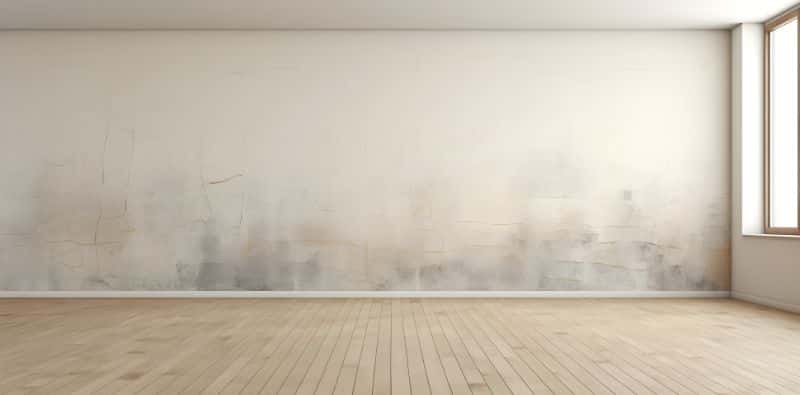
If you have a tight budget, drywall is more budget-friendly and could cost about $3 per square foot. If you do it DIY, you can save more.
Plastering requires specialized skills and takes longer to install, making it more expensive. Professional installation costs around $3 to $12 per square foot. To install properly, it is important to hire professionals.
Plaster is hard and has a durable finish. The layers are a solid mass when dry and can hold up for many years. It is effective for hanging pictures but make sure to use screws or adhesive since nails can damage plaster.
Plaster also provides better insulation than drywall.
It also provides extra protection as it slows the spread of fire. With its gypsum content, it has a high water content and does not burn.
When searching for the best wall finish, always consider the pros and cons of your options. Plaster offers fireproofing, soundproofing, insulation, and high-quality finish.
Look for the best wall plaster contractors in your area using our free and no-commitment quotes!
Can you repair wall plaster?
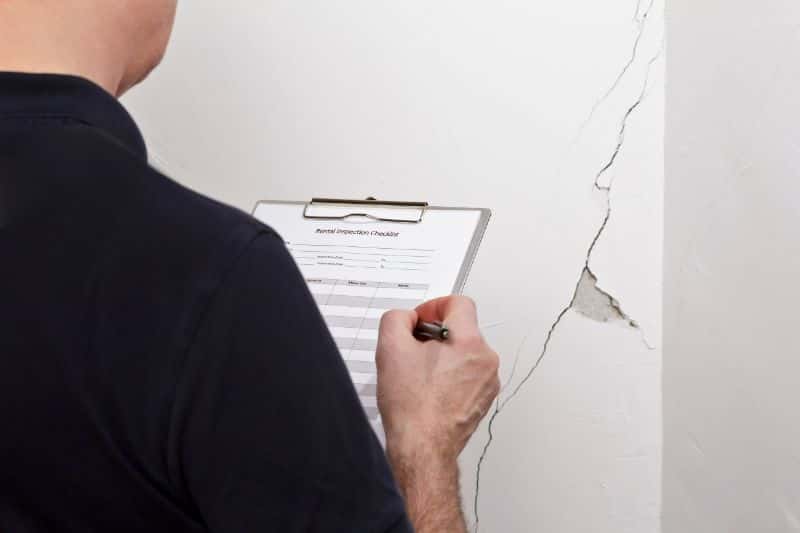
Plaster is used on walls and ceilings. Over time, plaster can crack, chip, or get damaged. Is it necessary to rip off the plaster completely or is it possible to repair plaster?
Plaster repair specialists in our network can assist you with flawless plastic repair. They follow a meticulous process that ensures satisfactory results for every project.
- Assess and Inspect Plaster Surface
- Work site preparation (for protection of floors, furniture, etc.)
- Repair of cracks and holes
- Matching of the texture of repaired and surrounding plaster areas
- Finishing touches
- Cleanup
Plaster repair is important to maintain the integrity, appearance, and value of the home. Historic and older buildings have plaster ceilings and walls. Repairing them will ensure their authenticity and value.
Plaster surfaces that are well-maintained contribute to the appeal and overall value of any property.
Increase the resale value of your home by repairing damaged plaster. Connect with our partner wall plaster contractors today using our short online form!
Types of materials for plastering
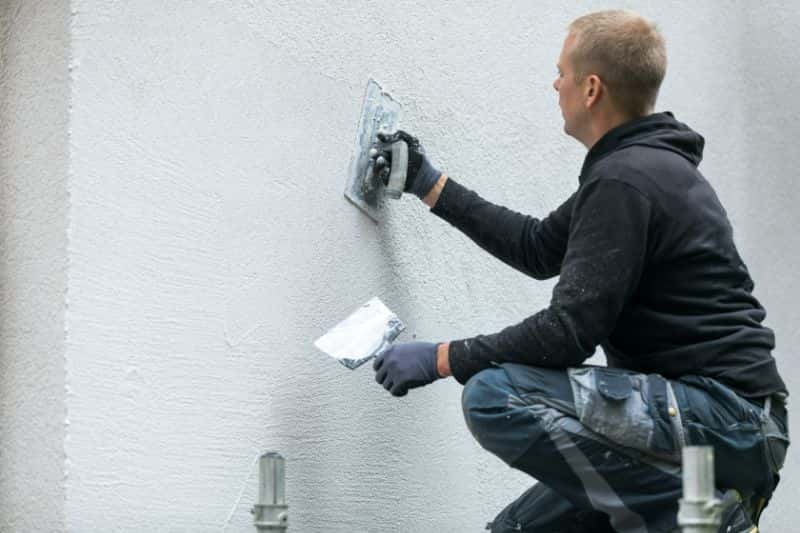
When choosing the type of plaster for your construction needs, you must consider the durability, availability of the material, local weather conditions, and finish you desire.
There are 5 types of plaster materials – cement plaster, mud plaster, lime plaster, gypsum plaster, and stucco plaster.
1. Lime Plastering
- Lime is used for lime plastering and uses hydrated lime mixed with water and sand.
- The plaster uses equal ratios of sand and lime. At times, some cement is added to add strength to the plaster.
- To improve binding, Gugal (gum) and hem are combined into the mixture.
2. Cement Plastering
- Cement plaster uses cement for binding.
- It creates a strong and durable surface.
- You only need one coat of cement plaster and is ideally used in damp areas such as bathrooms. It must be kept wet for at least 7 days.
3. Gypsum Plastering
- As a binding material, Gypsum is a good choice because it is resistant to fire.
- It also offers greater insulation against heat and noise. It is also used for decorative touches on ceilings and walls.
- It has minimal contraction or expansion.
4. Mud Plastering
- Many low-cost construction or temporary buildings use mud plaster.
- It consists of clay, cow dung, earth, straw, hay, and loose soil. These materials are mixed well with a lot of water for a minimum of 6 days.
- Mud plastering needs 2 coats. The first application is 8mm in thickness while the second application is 6mm thick.
- It is the oldest and most affordable type of plastering.
5.Stucco Plastering
- Stucco plaster is used for decorative walls. It uses water, aggregates, and binders to achieve a consistent finish.
- It is usually applied in 3 coats with each coat 25 mm in thickness. Each coat must be dry before the next coat can be applied.
- It is ideal for exterior and interior walls as wall covering for concrete and other materials to create an attractive finish.
Can you plaster exterior walls?
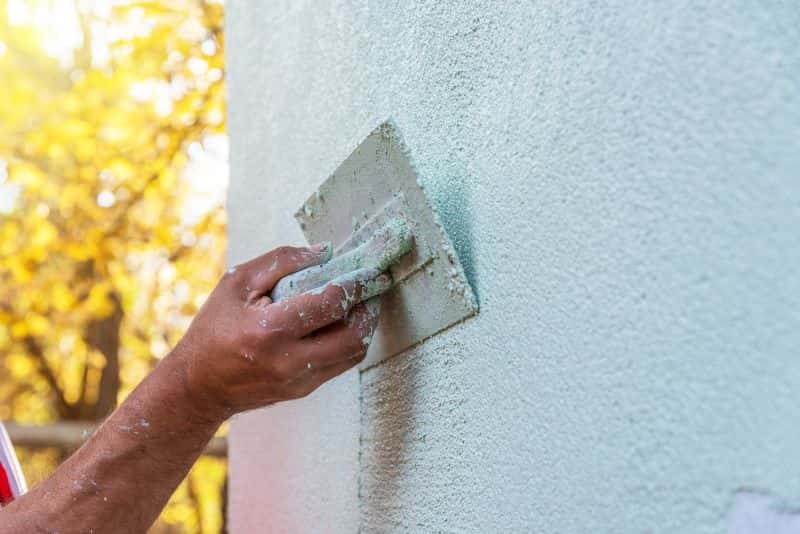
The walls of the home protect it against the outside elements. Exterior walls are usually made up of concrete slabs, concrete blocks, or bricks. These walls can become durable and long-lasting with plastering.
Plastering exterior walls or rendering requires the application of a thin layer of cement, sand, and lime. Depending on the kind of wall you have, 1 or more plaster coats will be applied. The proper plaster thickness will produce an aesthetically pleasing result and contribute to the wall’s longevity.
These exterior finishes are done when houses are constructed. Repairs may be made on old plaster by removing the old finish and re-rendering.
When rendering an exterior wall, the work must be done in fairly mild weather as freezing temperatures will cause cracks.
Consult a plastering contractor to determine the right thickness for your wall and compare prices to save time and money.
Special Types of Finishing for Walls
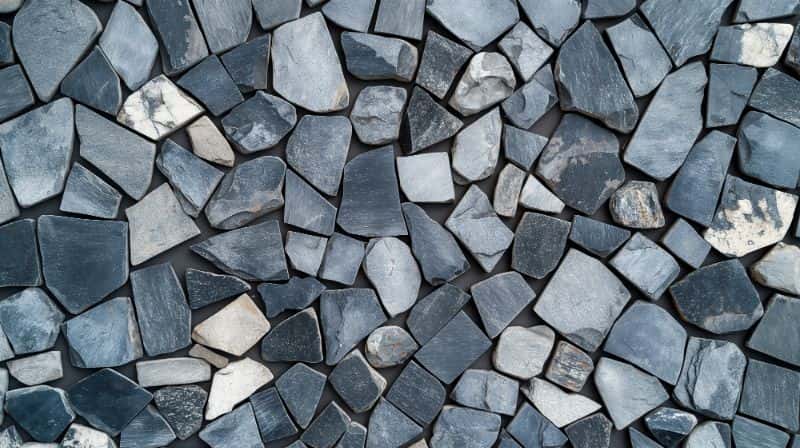
Plaster finishing ensures the evenness of wall surfaces for more aesthetic value. Below are different types of plaster finishes for interior or exterior walls.
Smooth
A smooth plaster finish is leveled. The mortar is a mixture of sand and cement in a ratio of 3:1. It can be applied with a wood float. Steel floats are not advisable as they could cause crazing due to climate conditions.
Pebble Dash
Pebble or crushed stone finishes are applied after one plaster coat. The mortar consists of a mixture of coarse aggregates and cement and is applied to the wall, using a wooden float for a strong and durable finish. The result is aesthetically pleasing regardless of the type of structure.
Textured Finish
A textured plaster finish is obtained from stucco plastering with a rough surface finish to create decorative patterns using various tools on the final coat.
For a textured finish, a mixture of lime, sand, cement, and water is blended with additives like acrylics or colouring pigments to achieve the desired look.
Roughcast
Roughcast plaster uses gravel, sand, and coarse aggregates. The mortar mixture consists of cement, fine sand, and coarse aggregates with a ratio of 1: ½: 3.
This is a waterproof finish and is durable against cracking or crazing. It is good for constructions in areas experiencing heavy rains.
Scraped Finish
After the final coat is leveled and allowed to set, the surface is scraped with a straight edge steel to create a coarse but textured finish. This type of finish is less prone to cracking and can use a variety of tools to achieve the desired look.
Speak to an experienced plastering professional for the design and cost of your wall plastering project.
Get started by filling out the short form on this page to receive FREE and NO-OBLIGATION quotes!
FAQs regarding Wall Plastering

Are you renovating your home or building a home or home addition? We have gathered some frequently asked questions about wall plastering to help you plan your project.
What does plastering involve?
Plastering is the process of applying plaster on internal and external walls and ceilings to achieve a smooth finish. It is also used to make decorative mouldings for ceilings and walls.
What is the purpose of plastering exterior walls?
Laying plaster or mortar on exterior walls protects the wall from deterioration and creates a more pleasing appearance.
It also improves the total visual impact of the building and serves as a barrier against weather conditions.
What is the ideal thickness of plaster for exterior walls?
In general, the average thickness of plaster is from 15 mm to 20 mm for exterior walls. However, the optimal thickness also depends on the level of environmental exposure and the desired aesthetic finish.
Why is wall plastering better than drywall?
Using drywall for construction is now common but many homeowners still choose the sturdier wall plastering technique. It gives a smoother and more attractive finish and is resistant to fire and mold. Because it also eliminates sound more than drywall, it provides unique benefits.
How much does wall plastering with decorative finish cost?
The price is higher for wall plastering with decorative finish with average costs of $15 to $18 per square foot.
Find Trusted & Reliable Wall Plastering Contractors near You
If you are looking to give your home a makeover or want to repair your walls, hire trusted and reliable contractors in your area.
Choosing a professional for the job will ensure you get satisfactory results and longer-lasting walls and ceilings.
Our partner contractors are experienced in providing plaster repair services or complete plaster, wall finishing, and painting jobs.
Just fill out the short form on this page to connect with the best professionals near you at no cost or obligation!
Comments are closed.
COMPARE PRICES AND SERVICES TO RENOVATE ROOMS, FLOORS, WINDOWS, ETC.

GET 3 QUOTES FOR YOUR RENOVATION AND WORKS

"*" indicates required fields


Copyright© 2024 Compare Home Quotes.
Oolong Media





